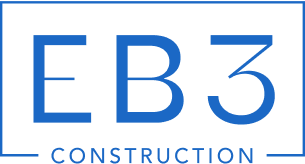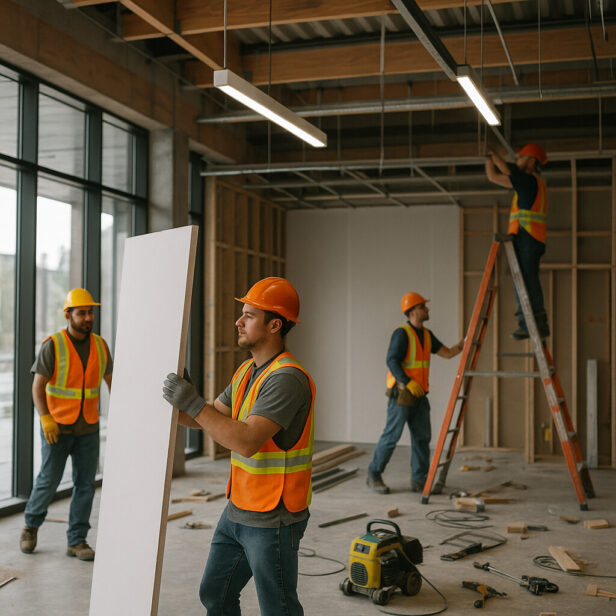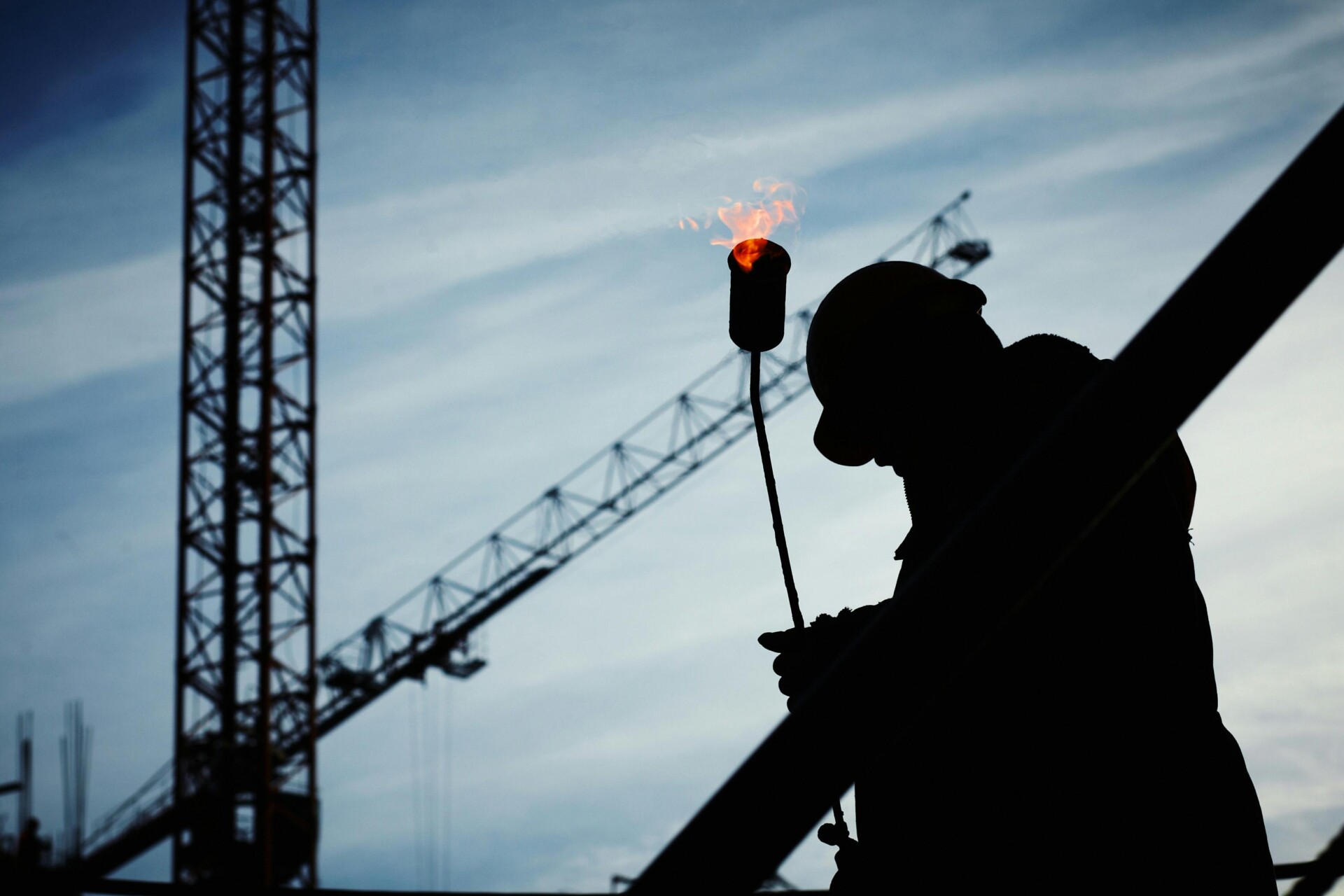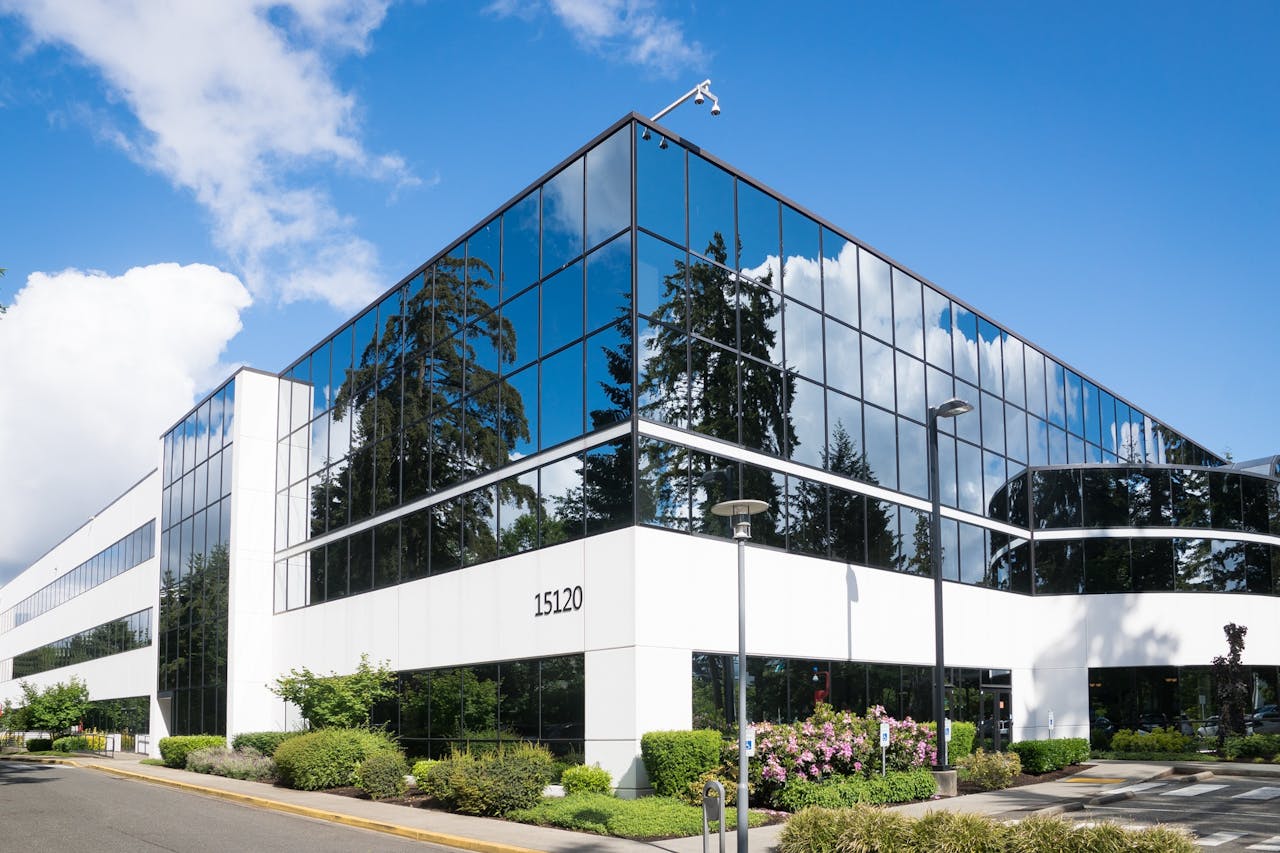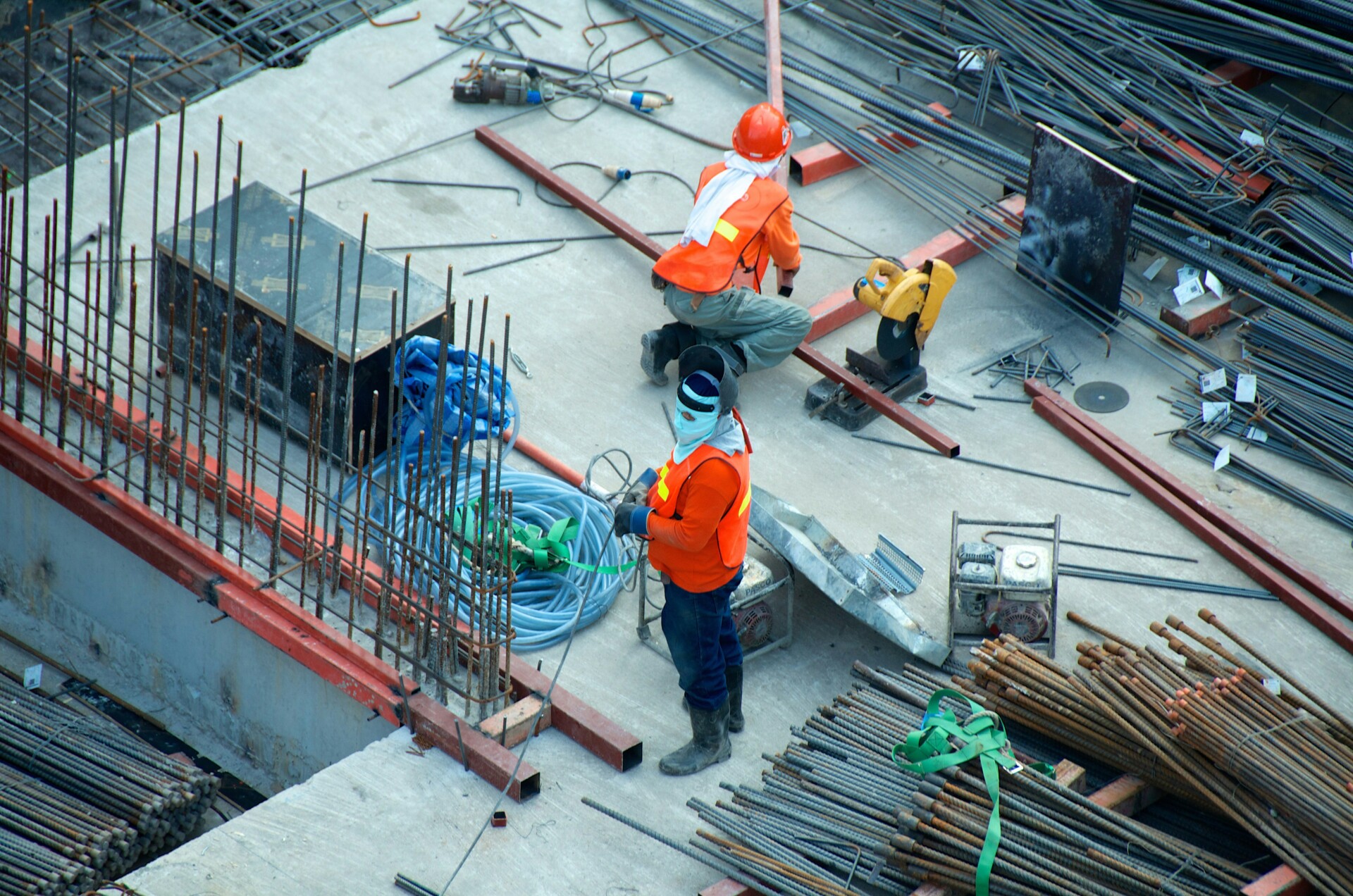Office build-out contractors transform raw commercial spaces into functional work environments tailored to your business needs. We specialize in converting empty shells or outdated offices into spaces that embody your brand while supporting daily operations. This isn’t just construction—it’s workplace creation that demands specialized expertise in commercial building systems, code compliance, and spatial planning.
The commercial build-out process typically involves a partnership between architects, interior designers, and our construction team. As your general contractor, we coordinate the installation of walls, ceilings, flooring, lighting, HVAC systems, and other essential elements that turn abstract designs into operational workspaces. Our services bridge the gap between architectural vision and practical execution, making us the critical link in successfully translating plans into reality.
Project developers and property owners increasingly recognize that the right office environment can transform business performance. Whether starting with an undeveloped shell requiring comprehensive buildout or renovating existing second-generation space, a skilled build-out contractor provides the technical knowledge needed to navigate permitting requirements, coordinate specialized trades, and ensure project milestones stay on track while respecting your budget constraints.
What Steps Are Involved in a Typical Office Build-Out Process?
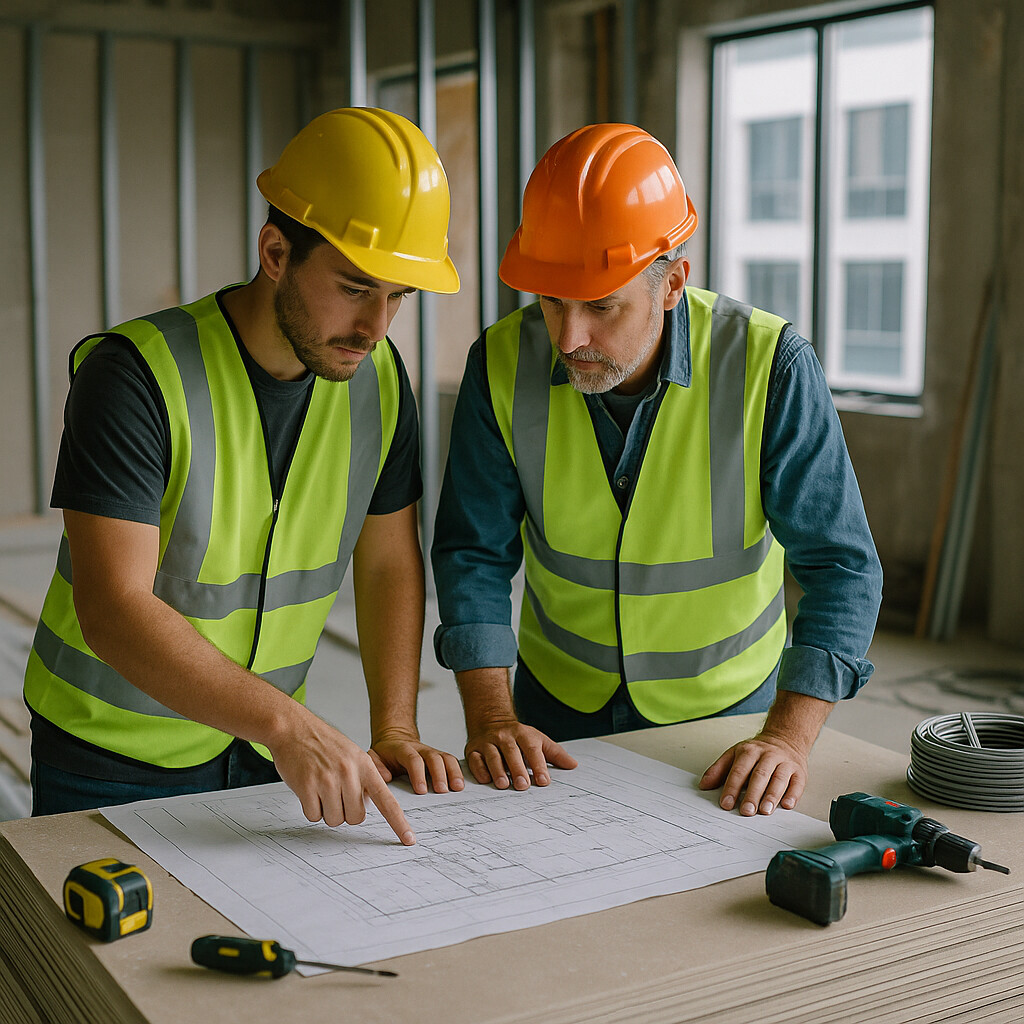
Office build-outs transform empty spaces into functional work environments through a carefully orchestrated process. At EB3 Construction, we manage these complex projects with precision and expertise. Understanding the stages involved helps developers and property owners prepare for the journey ahead—from initial concept to final occupancy.
Design and Planning Phase
Every successful office build-out begins with thorough planning. We start by defining the project scope, including square footage requirements, target occupancy, and specialized areas like conference rooms or collaborative spaces. This foundation guides all subsequent decisions.
Once the scope is established, we assemble a qualified project team, including architects, MEP engineers, and specialized consultants as needed. The synergy between these professionals ensures all aspects of the build-out receive proper attention and expertise.
Test fits are a crucial early step where we create preliminary floor plans to visualize how the space will accommodate your company’s needs. These layouts help evaluate different spaces during site selection and provide the framework for more detailed designs. A well-executed test fit can reveal potential challenges before they become costly problems.
Construction Documentation and Approvals
After finalizing the conceptual design, our team develops detailed construction drawings that serve as the blueprint for the entire project. These documents include architectural plans, mechanical, electrical, and plumbing specifications, and structural details that guide the physical construction.
Permitting is often the most time-consuming part of pre-construction. We navigate local building departments to secure necessary approvals—typically a six to eight week process in most jurisdictions. Permit expediters can sometimes accelerate this timeline, especially for straightforward projects.
Simultaneously, we manage the bidding process, sending requests for pricing (RFPs) to pre-qualified general contractors and specialty vendors. This competitive approach ensures fair market pricing while maintaining quality standards. We carefully evaluate bids based on cost, qualifications, and projected timelines before making final selections.
Construction Execution
With permits in hand and contractors selected, physical construction begins. The process typically starts with the demolition of existing elements that don’t align with the new design. This clean slate allows for proper implementation of the build-out plan.
Next comes framing and infrastructure installation—the backbone of your new space. We coordinate the sequencing of trades to maximize efficiency: rough electrical and plumbing go in before walls are closed up; HVAC systems are installed while ceiling grids remain accessible.
Finishes transform the basic structure into a polished environment. This includes drywall completion, painting, flooring installation, millwork, and ceiling systems. The construction timeline varies significantly based on project scope—from several weeks for simple renovations to months for complete build-outs of shell spaces.
| Space Type | Design/Architecture | Bidding & Permitting | Construction | Total |
|---|---|---|---|---|
| Shell Space | 10 Weeks | 6 Weeks | 16 Weeks | 32 Weeks (8 Months) |
| Second-Generation Space | 6 Weeks | 4 Weeks | 10 Weeks | 20 Weeks (5 Months) |
Final Installations and Project Completion
As construction nears completion, vendor installations begin. Furniture, fixtures, and equipment (FF&E) are delivered and placed according to design specifications. Technology systems, including audio-visual equipment, security, and IT infrastructure, are installed and tested to ensure proper functionality.
The final walk-through is a critical quality control measure where our team, along with the client, inspects the completed space. Any items requiring attention are documented in a punch list. These might include minor touch-ups, adjustments to fixtures, or addressing inconsistencies between the construction documents and the finished product.
We ensure all punch list items are properly addressed before releasing final payments to contractors. This accountability measure protects your investment and guarantees the space meets agreed-upon standards. Once complete, we coordinate the transfer of all warranties, operations manuals, and as-built drawings to the property owner.
How Long Does an Office Build-Out Take to Complete?
Managing construction timelines is one of our biggest challenges as general contractors. Office build-out durations vary considerably depending on scope, space condition, and complexity. At EB3 Construction, setting realistic timeline expectations from the beginning ensures smoother project execution and better client relationships.
Shell Space vs. Second-Generation Space
The initial condition of your space significantly impacts construction timelines. For shell spaces—essentially empty concrete boxes with minimal infrastructure—we plan for substantially longer timelines than pre-built spaces.
When we tackle a 20,000-square-foot shell condition space requiring Class A finishes, the process typically takes about 32 weeks (8 months). This includes approximately 10 weeks for design development, 6 weeks for bidding and permitting, and 16 weeks for construction. Each phase requires careful coordination between architects, engineers, subcontractors, and inspectors.
For second-generation spaces that already have basic infrastructure in place (ceilings, some walls, electrical systems, etc.), we can significantly compress this timeline. These projects typically require about 20 weeks (5 months) total—with 6 weeks for design adaptation, 4 weeks for permitting and bidding, and 10 weeks for construction. The reduced timeline reflects the advantage of working with existing structural elements rather than building from scratch.
Project Size and Complexity Considerations
Beyond the initial space condition, square footage directly affects the timeline. Larger spaces don’t necessarily mean proportionally longer timelines—we can often deploy multiple crews simultaneously across different sections of larger spaces—but they require more complex coordination and typically more extensive mechanical, electrical, and plumbing work.
The complexity of design also significantly impacts construction duration. Open-concept layouts with minimal private offices generally move faster than spaces requiring numerous enclosed rooms with specialized systems. Similarly, projects with custom millwork, specialty lighting, or raised floors require additional lead time for both fabrication and installation.
In the current construction market, supply chain challenges continue to affect timelines. Materials that once had 2-3 week lead times may now require 8-12 weeks, particularly for specialized components like custom glass partitions or certain electrical equipment. We build these considerations into our project schedules from day one.
| Space Type | Design/Architecture | Bidding & Permitting | Construction | Total |
|---|---|---|---|---|
| Shell Space | 10 Weeks | 6 Weeks | 16 Weeks | 32 Weeks (8 Months) |
| Second-Generation Space | 6 Weeks | 4 Weeks | 10 Weeks | 20 Weeks (5 Months) |
Critical Phases and Potential Delays
While design, permitting, and construction represent the primary timeline components, several critical phases within this process can significantly impact project duration. The permitting process, for instance, has become less predictable in many jurisdictions following the pandemic, with some municipalities experiencing substantial backlogs.
Other potential schedule challenges include unforeseen conditions discovered during demolition (particularly in older buildings), client-requested design changes mid-construction, and inspection delays. We mitigate these risks through thorough pre-construction investigation, clear change order processes, and maintaining strong relationships with local building departments.
Project scheduling also needs to account for post-construction activities before occupancy. Furniture delivery and installation typically require 1-3 weeks depending on complexity. Network cabling, security systems, and technology integration add another layer of coordination that extends beyond the base building construction.
For specialized spaces like laboratories, healthcare facilities, or spaces with enhanced security requirements, additional time for specialized systems and regulatory compliance checks must be incorporated into the timeline. These projects typically extend well beyond standard office build-out schedules, sometimes requiring 12-18 months from concept to completion.
Ultimately, we’ve found that transparent communication about realistic timelines from project kickoff through completion creates the foundation for successful project delivery, regardless of project scale or complexity. By maintaining flexibility while closely tracking critical path milestones, we help our clients navigate the inevitable challenges that arise during the construction process.
What Does an Office Build-Out Cost and How Can You Budget Effectively?
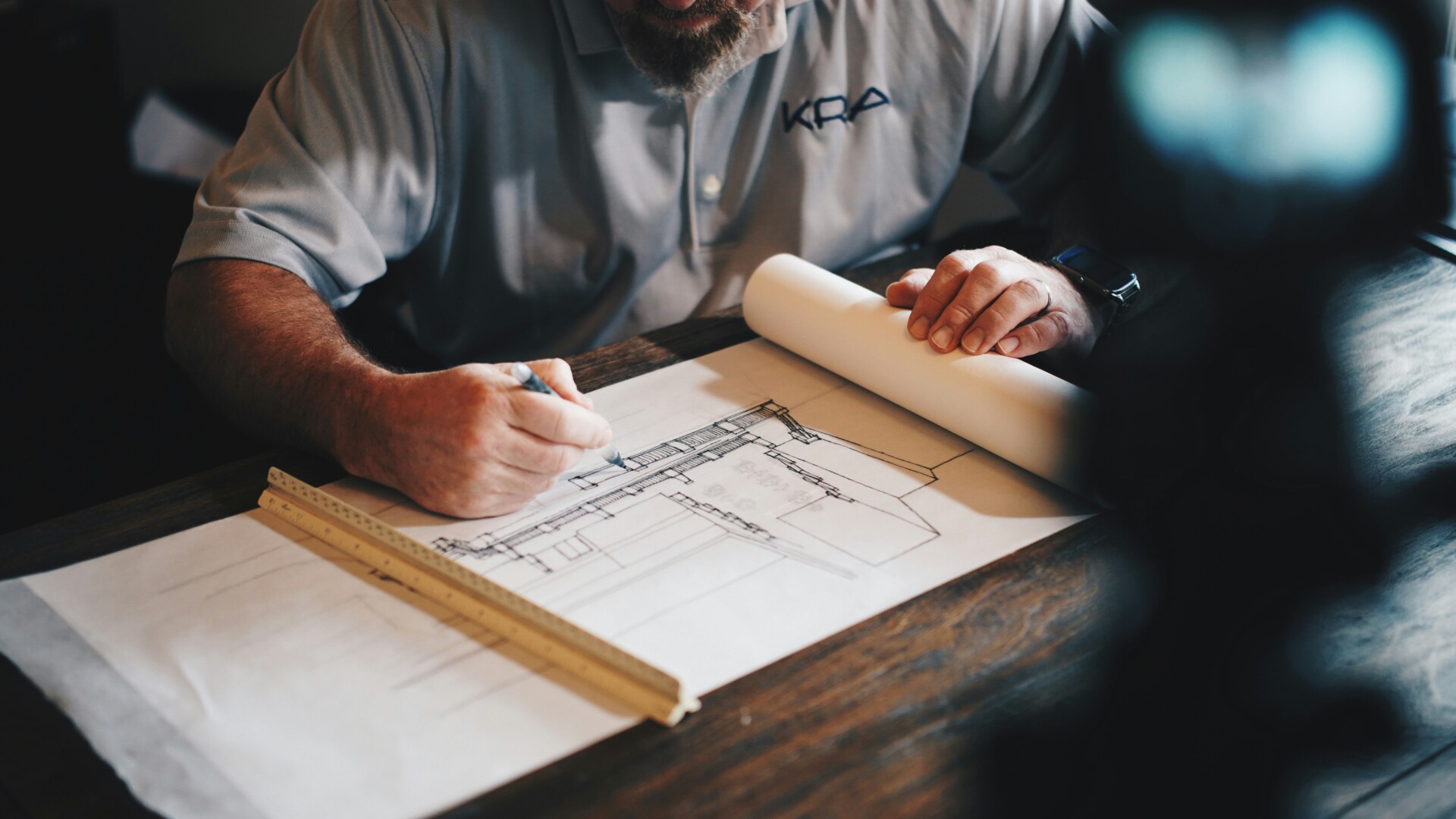
As general contractors, we understand that effective budgeting is crucial for any successful office build-out project. Without proper financial planning, costs can quickly exceed expectations, straining your development timeline and bottom line. At EB3 Construction, we approach each project’s financial framework with the same precision we apply to our physical construction work.
Understanding the Core Cost Categories
Every office build-out budget consists of five essential categories that require careful consideration during the planning phase. These categories form the financial blueprint for your entire project.
Hard costs typically represent the largest portion of your budget—generally 75-85% of the total expenditure. These include tangible construction elements: framing, drywall installation, electrical systems, plumbing infrastructure, mechanical components, doors, hardware, and finish work. Unlike other cost areas, these expenses can fluctuate significantly based on material quality and renovation scope.
Soft costs, while more predictable to estimate, still require careful consideration. Comprising 8-12% of your budget, these non-construction expenses include architectural designs, engineering services, permit fees, and consultant costs. Their straightforward nature makes them easier to project accurately, especially with experienced guidance.
Vendor costs encompass the supplementary elements that complete your office space—furniture, audio-visual equipment, data cabling, security systems, signage, and moving expenses. These typically account for 5-10% of your budget, excluding furniture which may represent a substantial additional investment depending on your specifications.
| Category | Percentage of Total Breakdown |
|---|---|
| Hard Costs | 75 – 85% |
| Soft Costs | 8 – 12% |
| Vendor Costs | 5 – 10% (not including furniture) |
| Project Manager Fee | 3 – 5% |
| Contingency | 5 – 10% |
Every well-structured project budget includes contingency allowances—we typically recommend 5-10% for shell condition spaces and 10% or higher for second-generation remodels where unforeseen conditions are more likely. As the Austin construction market continues to experience supply chain fluctuations in 2023-2024, these buffers have become increasingly valuable protection against unexpected price increases.
Finally, if you engage a professional project manager, their fee generally ranges from 3-5% of managed costs. While this may appear as an additional expense, our experience shows that skilled project management frequently delivers net savings through efficient coordination, value engineering, and prevention of costly errors or delays.
Factors Influencing Your Total Budget
The baseline condition of your space significantly impacts overall costs. Shell spaces require comprehensive build-outs with extensive infrastructure work, while second-generation spaces may only need partial renovations or updates. The difference can be substantial—sometimes 30-40% less for second-generation spaces with reusable elements.
Square footage plays a dual role in cost assessment. Larger spaces naturally require more materials and labor but often benefit from economies of scale that reduce the per-square-foot cost. Conversely, smaller spaces may have higher per-square-foot costs but lower total expenditure.
The quality level of finishes you select dramatically influences your budget. Class A finishes with premium materials, custom millwork, and high-end fixtures will cost substantially more than standard Class B or C finishes. Your decision should align with both your brand image and the building class where your space is located.
Layout complexity directly correlates with construction expenses. Open floor plans typically cost less than designs featuring numerous private offices, conference rooms, and specialty spaces that require additional walls, doors, and MEP (mechanical, electrical, plumbing) infrastructure. Each wall represents not just material and labor, but potentially additional electrical, data, and HVAC considerations.
Strategic Approaches to Budget Management
Early planning is your most powerful cost-control tool. We coordinate pre-construction services that identify potential challenges before they become expensive problems. Starting the design and planning phase at least 6-8 months before your target move-in date allows for proper vendor selection, material procurement, and thoughtful decision-making rather than rushed choices that often carry premium pricing.
Working with your landlord to maximize tenant improvement (TI) allowances can significantly offset out-of-pocket expenses. When we represent your construction interests during lease negotiations, we provide accurate build-out estimates that help your broker secure appropriate TI allowances—typically ranging from $45-85 per square foot depending on lease length, space size, and market conditions.
Value engineering offers a systematic approach to improving cost efficiency. Rather than simply eliminating features, we evaluate materials and methods to identify alternatives that maintain functionality and aesthetic quality while reducing expenses. This might involve substituting comparable materials, adjusting specifications where overdesigned, or reconfiguring layouts to optimize material usage.
When budgets are particularly tight, we often recommend exploring furniture leasing options rather than purchasing outright. This approach not only reduces immediate capital expenditure but offers flexibility for growing companies whose needs may change. Similarly, implementing wireless technology where appropriate can substantially reduce cabling costs—a particularly effective strategy for open workspaces.
Preventing Budget Overruns
Comprehensive pre-construction services are essential to accurate budgeting. We conduct thorough site assessments to identify potential issues like inadequate power capacity, structural limitations, or outdated systems that could trigger unexpected expenses. This discovery phase helps establish realistic budgets that account for the true condition of your space.
Regular budget tracking throughout the project lifecycle allows us to identify potential overruns before they become problematic. Our project managers maintain detailed cost control systems that track expenditures against budgeted amounts, allowing for prompt adjustments if certain categories begin trending over budget.
Change order management requires particular attention, as mid-project modifications are among the most common causes of budget overruns. We implement clear change order protocols that ensure all stakeholders understand the financial implications of requested changes before implementation, preventing unwelcome surprises at project completion.
Realistic contingency planning acknowledges that construction inherently involves some uncertainty. Rather than hoping for the best, we incorporate appropriate contingency allowances based on project complexity, building age, and the comprehensiveness of available documentation. This proactive approach provides financial flexibility without undermining budget discipline.
Effective office build-out budgeting combines technical knowledge, market awareness, and disciplined management. By understanding cost categories, recognizing influential factors, and implementing strategic approaches, you can achieve a workspace that meets your needs without exceeding your financial parameters. With proper planning and experienced guidance, your office build-out can progress smoothly from concept to completion—on time and on budget.
Why Should You Hire a Project Manager for Your Office Build-Out?
Office build-outs present numerous scheduling conflicts, budget overruns, and coordination challenges. At EB3 Construction, we understand that for developers and property owners, these complexities can quickly derail even the most carefully planned projects. When we take on the project management role, we serve as the central command for your build-out, bringing order to what can otherwise feel like construction chaos.
Our project managers don’t simply monitor progress—we actively manage the entire process from inception to completion. By handling day-to-day scheduling, vendor coordination, and construction oversight, we free you to focus on your core business activities while ensuring your space takes shape exactly as envisioned.
Maximizing Your Budget Through Expert Coordination
Budget control is one of the most compelling reasons to bring us on board. In today’s market, where construction costs in many regions continue to climb despite ongoing material supply challenges, our project managers leverage strong vendor relationships and industry expertise to secure competitive pricing. We’ve seen countless instances where our involvement has resulted in significant cost savings that far outweigh our management fees.
When unexpected expenses arise—as they inevitably do in construction—we implement value engineering solutions without compromising design integrity. This might mean suggesting a wireless network system instead of extensive data cabling or identifying alternative materials that deliver the same aesthetic impact at a reduced cost.
Beyond simple cost-cutting, we bring a comprehensive approach to budget management. Before your lease is even signed, we develop preliminary budgets and schedules that set realistic expectations from the outset. This early involvement allows for more effective negotiation of tenant improvement allowances, potentially saving you thousands before construction even begins.
Keeping Your Project on Schedule and Compliant
The timing implications of a delayed build-out can ripple through your entire business operation. Our project managers implement a strategic timeline with predetermined milestones and clear deadlines, making time expectations transparent to all teams involved. This systematic approach to schedule management minimizes delays and ensures accountability across all contractors and vendors.
We maintain rigorous quality control through regular site inspections and weekly owner-architect-contractor meetings. These structured check-ins allow us to identify potential issues before they impact the schedule and implement immediate corrective measures.
Navigating the complex landscape of building permits, code compliance, and regulatory requirements presents another significant challenge. With our extensive knowledge of local building codes and permit processes, we streamline these requirements to prevent unnecessary delays. Since construction regulations can vary significantly between municipalities, our familiarity with jurisdiction-specific requirements proves invaluable in avoiding costly compliance issues.
| Aspect | Agile | Waterfall |
|---|---|---|
| Client Input | Required throughout development | Required only after each phase |
| Change Management | Changes can be made at any stage | Changes cannot be made after phase completion |
| Team Coordination | High coordination required | Coordination not needed between phases |
| Project Suitability | Useful for large and complex projects | Best for small projects |
| Testing | Can start before full product development | Only after complete product is ready |
| Team Size | Small team sufficient | Requires large team |
| Cost | Lower development cost | Higher development cost |
| Time Efficiency | Completes in less time | Takes more time |
| Flexibility | Known for flexibility | Structured and rigid |
Problem Resolution and Risk Management
When challenges arise during construction, our project managers draw on years of industry experience to implement effective solutions quickly. We identify potential risks early in the process and develop contingency plans that minimize their impact on both timeline and budget. This proactive approach to risk management protects your investment throughout the build-out process.
The complexity of modern office build-outs often involves coordinating multiple specialized contractors—from HVAC and electrical to data systems and specialty installations. We synchronize these various trades to ensure they work in logical sequence, preventing the costly rework that often results when systems are installed out of order. Our comprehensive oversight ensures that each phase of construction serves as a proper foundation for the next.
For developers and property owners facing the prospect of an office build-out, bringing us into the process early establishes a solid foundation for success. While managing a project independently might seem cost-effective initially, the experience and expertise we bring typically result in significant time and cost savings over the project lifecycle. By entrusting your build-out to our skilled project managers, you gain both peace of mind and a more efficient path to project completion.
Conclusion: Selecting the Right Office Build-Out Contractor for Your Project

Choosing the right contractor for your office build-out isn’t just about finding someone who can construct walls and install fixtures—it’s about securing a partner who understands how your physical workspace directly impacts business operations. We’ve seen firsthand how selecting a qualified commercial contractor can mean the difference between a smooth, successful project and a costly series of delays and compromises.
When we evaluate potential contractors for our clients’ projects, we focus on several key qualifications. Experience specifically in commercial office construction—not just general contracting—provides the specialized knowledge needed for the unique challenges of workspace development. We look beyond glossy portfolios to verify past performance through direct conversations with previous clients, examining how contractors have managed unexpected challenges and maintained communication throughout their projects. In today’s construction climate, where material shortages and code updates can affect timelines, this track record of problem-solving is even more valuable.
The most successful office build-outs result from clear alignment between vision and execution. We insist on transparent pricing structures with detailed breakdowns to prevent unexpected costs later in the project. Equally important is a contractor’s willingness to collaborate with your design team, respect your project timeline constraints, and demonstrate a genuine understanding of how your business functions. This level of engagement ensures we deliver not just an attractive space, but one that genuinely enhances your daily operations.
Ready to find the right partner for your office build-out project? Contact our team at EB3 Construction to discuss how we can bring your workplace vision to life.
